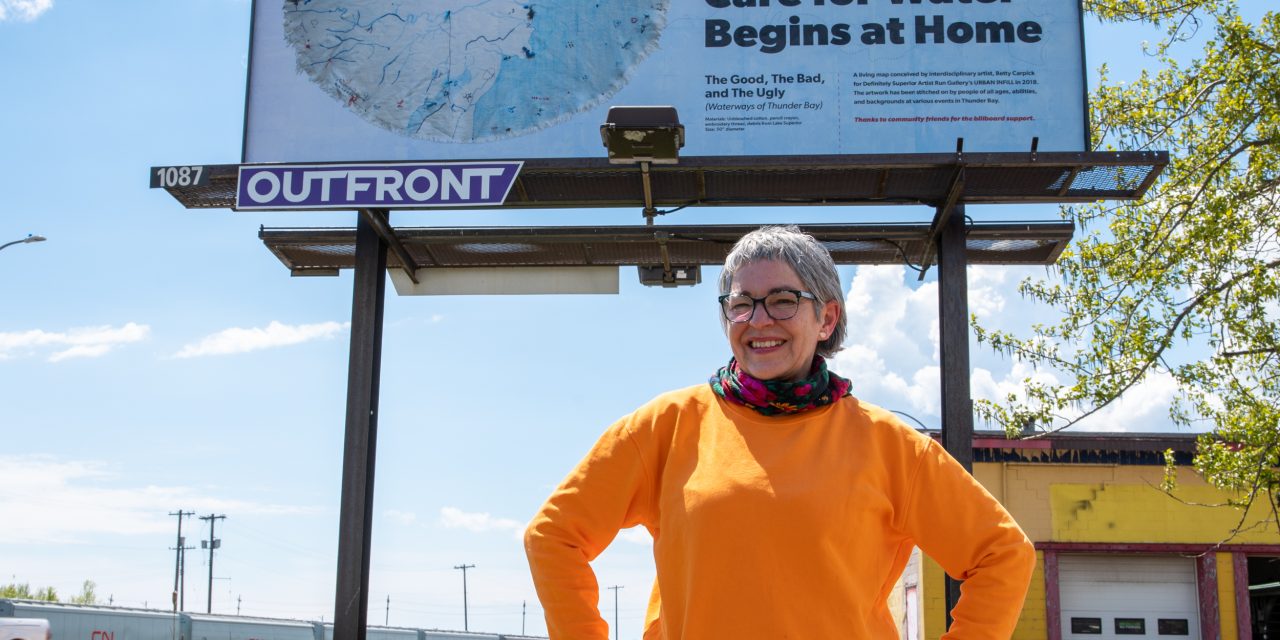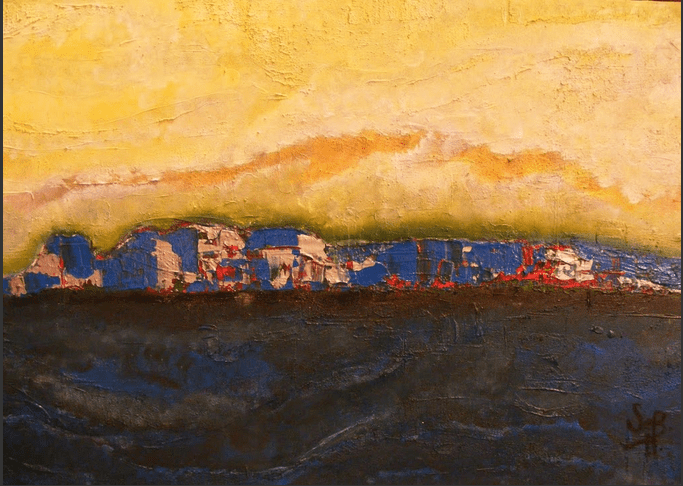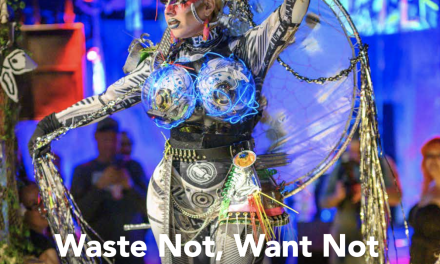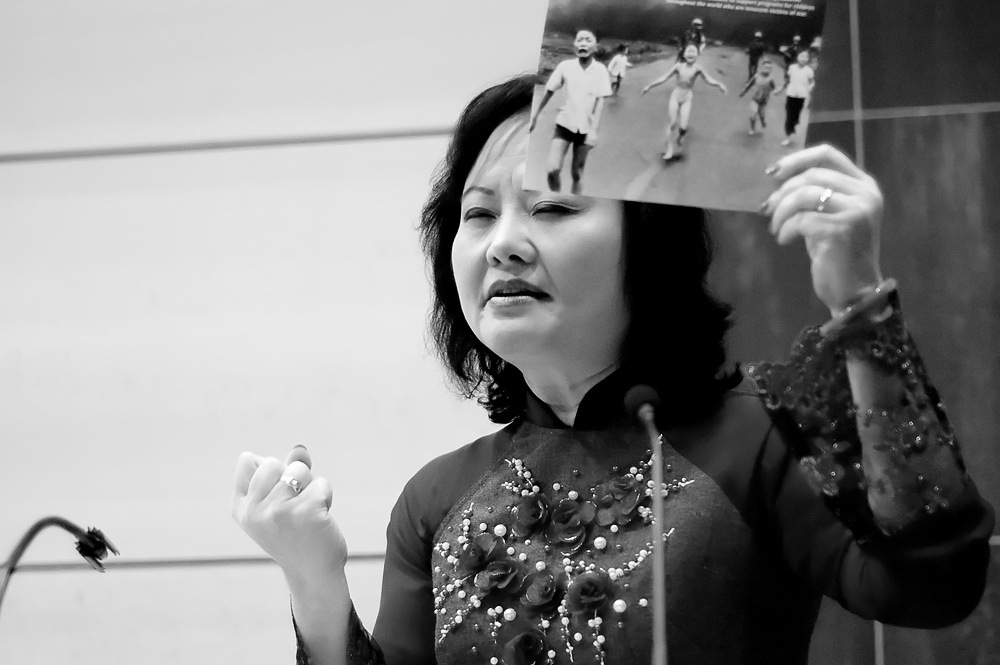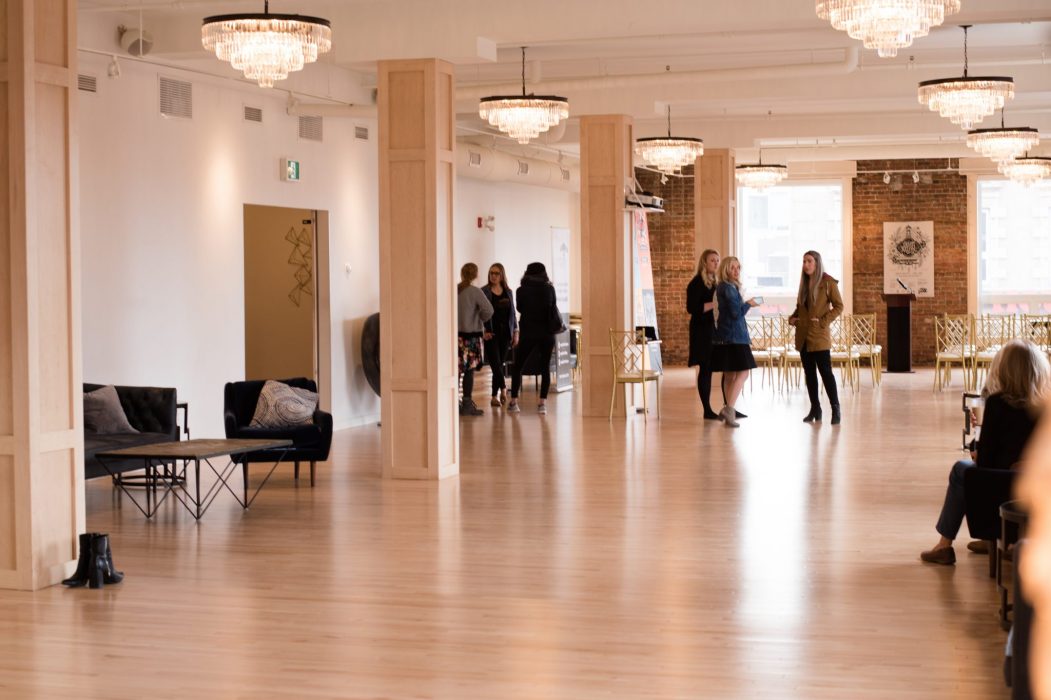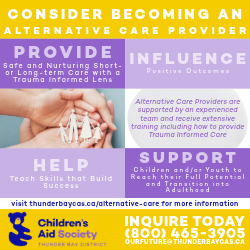Billboard Art Asks People to Think About Water Protection
Story by Matt Prokopchuk, Photos by Marc Doucette
The artist behind the art displayed on a billboard along one of Thunder Bay’s busiest thoroughfares says she hopes it will get people to think about the importance of protecting our waterways and what we all can do to ensure continued access to clean, safe water.
Multidisciplinary artist Betty Carpick’s Art to the Streets installation is the displaying of a previously-created textile art piece called The Good, The Bad, and The Ugly (Waterways of Thunder Bay) on a large billboard near the intersection of Water Street and Fort William Road. The original project began life at Definitely Superior Art Gallery’s 2018 Urban Infill, when Carpick led the creation of a stitched map of the Thunder Bay area that only shows the waterways—and letting the piece develop organically as people of all ages, abilities, and backgrounds joined and added their stitches. That map would be subsequently worked on by dozens of stitch artists with other groups and at other events. Carpick then had the billboard designed from the textile art; the billboard will stay up until the end of June.
“It’s a living map,” Carpick says, adding that she may still add to, or do something else with, the initial textile piece. “For me, as an artist, I have the overall concept, which was the waterways, I have the map, which I’ve hand-drawn […] and I have the threads, so I curate the colours that I would like to see used.” From there, however, the contributing artists added their own touches and skills, following the initial drawing. The decision to design a billboard based on that art came during “the winter of the pandemic,” she says, adding that she wanted the display to be visible. “How can we animate public space, how can we engage everybody, regardless of socioeconomic circumstance so that they have something joyful and something a bit fun, but also provocative,” Carpick says. “What I hope people really do respond to is to start having conversations and take some action around something that, hopefully, I think we can all relate to and act upon: that care for water we use at home.” She adds that those efforts often start small and personal, but can and do grow. “I feel like it’s part of my social responsibility as an artist to, for me, to think environmentally, to act environmentally, and to encourage that.”
Projects around water are very personal, according to Carpick—who is Cree and European—as her northern Manitoba homelands have been devastated by flooding due to hydroelectric power dam construction. Those dams affected entire communities—some had to be completely relocated—and the ability of the Indigenous people in Manitoba’s north to hunt, trap, fish, and live there. “I will continue speaking up for water because I feel we can’t be complacent,” she says, pointing to the fact that, even though Thunder Bay has access to potable water out of the taps, environmental damage is still right on our own doorstep, with toxic reminders like the large patch of mercury-contaminated pulp fibre that sits in the north harbour after decades of industrial dumping.
“Water really is life,” she says. “Water is relatable for people.”


